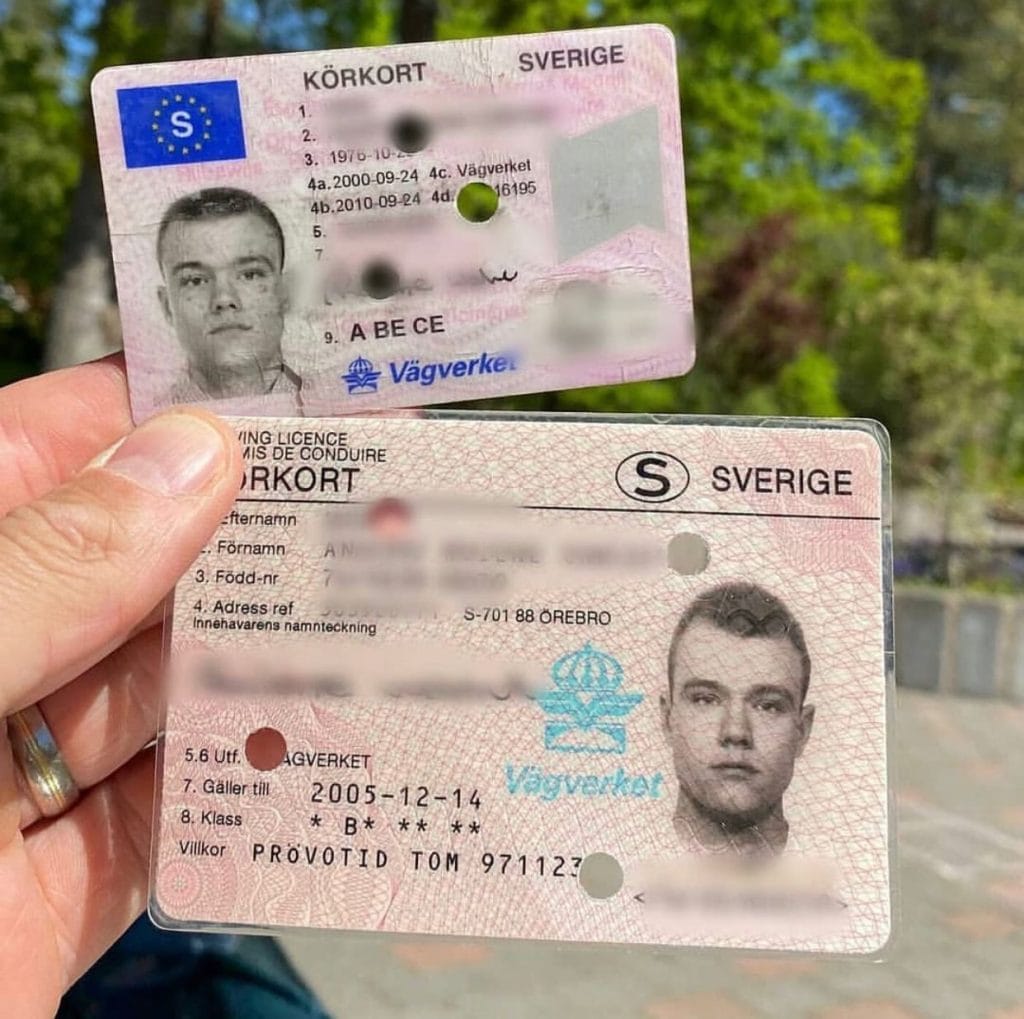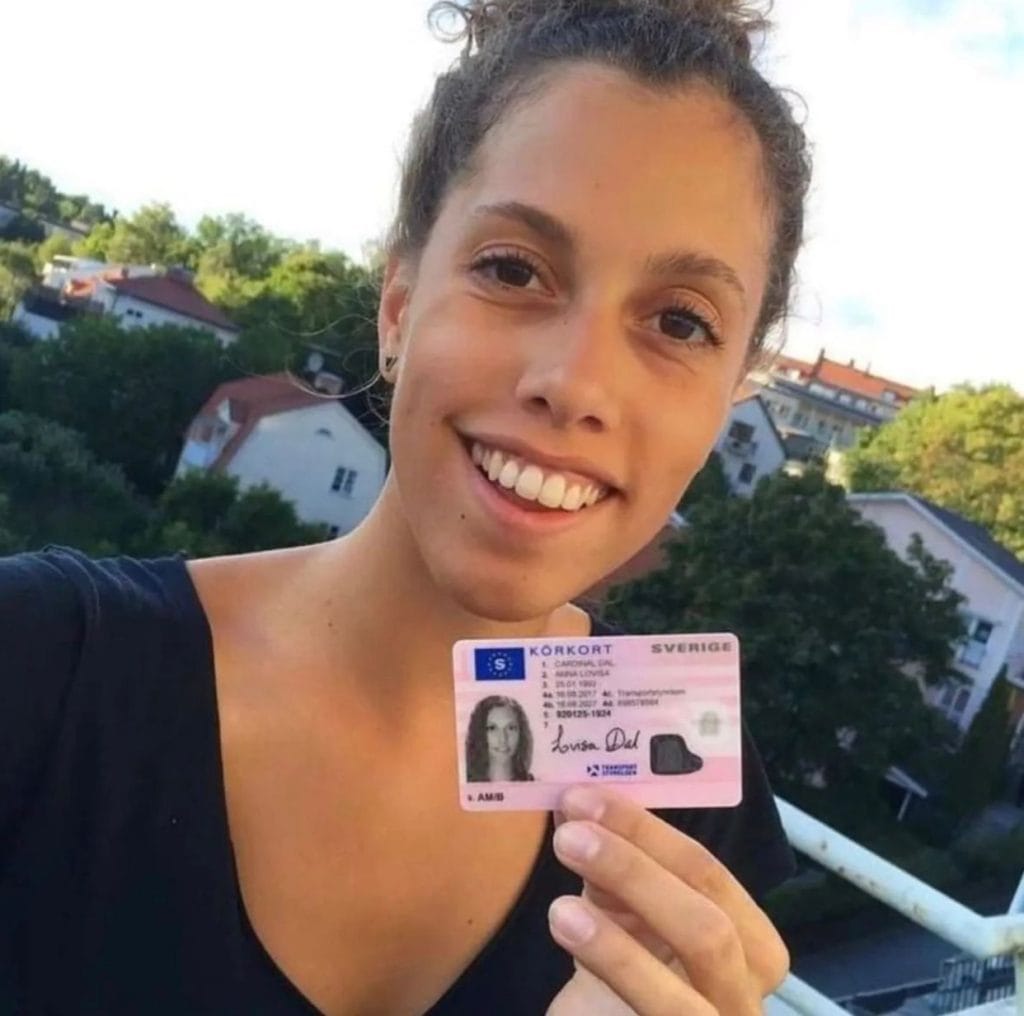How To Create An Awesome Instagram Video About Driver's License Withou…
페이지 정보
작성자 Leslie Boser 댓글 0건 조회 8회 작성일 25-03-05 11:50본문

Navigating the World Without a Driver's License: Exploring Alternatives and Implications
In today's world, where movement is a foundation of every day life, the idea of living without a driver's license might seem difficult. Nevertheless, for some people, the choice to give up a driver's license is a conscious choice driven by numerous aspects, consisting of environmental concerns, cost, and personal choice. This post explores the alternatives to driving and the ramifications of living without a driver's license, offering a comprehensive guide for those considering this way of life.
Comprehending the Decision
Choosing not to have a driver's license is a personal choice that can come from several reasons. For some, it's a dedication to lowering their carbon footprint and promoting sustainable living. Others discover the expense of owning and preserving a lorry excessive, while some simply prefer the convenience and freedom of other modes of transport. No matter the motivation, living without a driver's license needs careful preparation and a determination to adapt.
Alternatives to Driving
Mass transit
- Buses and Trains: Public transportation systems, such as buses and trains, are typically the most reliable and cost-effective options. They are available in the majority of city locations and offer a structured way to browse cities and rural areas.
- Train and Light Rail: In larger cities, subways and light rail systems offer fast and effective travel, frequently bypassing heavy traffic and lowering travel time.
Ride-Sharing Services
- Uber and Lyft: These popular ride-sharing apps offer on-demand transportation, making it easy to get around without a car. They are especially useful for late-night travel and in locations with restricted mass transit.
- Carpooling: KöPa A2 KöRkort Joining or forming carpool groups can reduce expenses and ecological effect. Many neighborhood platforms and apps assist in carpooling for routine commutes.
Bikes and E-Scooters
- Bikes: Cycling is a healthy and environmentally friendly method to take a trip, especially for shorter distances. Many cities have actually devoted bike lanes and bike-sharing programs to encourage this mode of transportation.
- Electric Scooters: E-scooters are a fashionable and convenient option for quick, short trips. They are often offered through rental services in metropolitan locations and can be an enjoyable option to standard modes of transportation.
Strolling and Jogging
- Strolling: For those living in walkable neighborhoods, strolling is a simple and reliable method to remain active and get around. It's totally free, requires no special devices, and benefits the environment.
- Jogging: Similar to walking, jogging can be a healthy and low-priced way to travel, specifically for short ranges.
Electric and Hybrid Vehicles
- Electric Scooters and Bikes: For those who still desire the benefit of an individual vehicle but are worried about the environment, electrical scooters and bikes are a practical alternative. They are low-maintenance and produce fewer emissions.
- Hybrid Cars: If the decision to prevent a driver's license is mostly due to ecological concerns, but the need for a car is inescapable, hybrid lorries provide a middle ground. They integrate standard fuel engines with electric motors to lower fuel usage and emissions.
Telecommuting and Remote Work
- Work from Home: Many business now offer remote work alternatives, permitting employees to work from home or other places. This can substantially lower the requirement for daily travelling and the associated costs.
- Virtual Meetings: Technology has made it possible to perform business conferences and other interactions virtually, additional reducing the requirement for travel.
Ramifications of Living Without a Driver's License
Financial Savings
- Lowered Vehicle Costs: Not having a car means preventing expenses such as car payments, insurance, upkeep, and fuel.
- Mass Transit Costs: While mass transit does have costs, they are generally lower than those related to owning a car.
Environmental Impact
- Lower Carbon Emissions: By avoiding using personal automobiles, individuals can considerably minimize their carbon footprint, adding to a more sustainable environment.
- Lowered Traffic Congestion: Fewer automobiles on the roadway can result in decreased traffic blockage, making travel more efficient for everyone.
Health Benefits
- Increased Physical Activity: Using alternatives like walking, running, and biking can improve physical health and mental wellness.
- Decreased Stress: Avoiding the day-to-day hassles of driving, such as traffic and parking, can result in a more unwinded and stress-free way of life.
Social and Community Engagement
- Community Connections: Relying on public transportation or ride-sharing services can promote a sense of community and social interaction.
- Support for Local Businesses: Walking or cycling to local organizations can help support the local economy and lower reliance on big, ecologically unfriendly corporations.
Legal and Practical Considerations
- Identification Issues: In many nations, a driver's license acts as a main form of identification. Individuals without a license may require to bring alternative types of ID, Köpa C Körkort Online such as a passport or state-issued ID card.
- Travel Restrictions: Without a driver's license, travel to remote locations or locations with restricted public transport can be difficult. Preparation ahead and utilizing alternative transportation approaches is crucial.
FAQs
Q: How can I navigate if I reside in a rural area without a driver's license?
- A: In rural areas, choices like ride-sharing services, carpooling, and mass transit may be limited. Consider signing up with community groups or Köpa C Körkort Online platforms to discover regional carpooling options. Electric scooters and bikes can also work for much shorter ranges. Furthermore, many rural areas have neighborhood transportation services that can be accessed for vital trips.
Q: Can I still take a trip globally without a driver's license?
- A: Absolutely. A driver's license is not needed for a lot of international travel. However, you might need a passport or other kinds of identification. For nations where driving is required, you can rent a car with a legitimate driver's license or use local transport services.
Q: What are the best apps for finding ride-sharing and carpooling choices?
- A: Popular apps for ride-sharing consist of Uber, Lyft, and Bolt. For carpooling, Waze Carpool, Ridester, and Scoop are extremely recommended. These apps often supply real-time information on readily available rides and assist link you with chauffeurs heading in the same instructions.
Q: How do I manage without a driver's license if it is required for numerous kinds of recognition?
- A: In numerous places, a state-issued ID card or Köpa C Körkort Online Köpa C Körkort Online köpa Körkort (Gix.Ru) a passport can act as a main type of recognition. It's also an excellent concept to bring numerous kinds of ID, such as a credit card or a citizen registration card, to guarantee you are gotten ready for various scenarios.
Q: Are there any health threats associated with using mass transit?
- A: While public transport can expose people to a greater danger of infectious illness, specifically in congested conditions, the benefits frequently outweigh the risks. Practicing excellent hygiene, such as cleaning hands frequently and using a mask, can assist alleviate these dangers. In addition, many public transport systems have actually implemented safety measures to secure passengers.
Q: What are the ecological benefits of not driving a car?

- A: Not driving a car can substantially decrease your carbon footprint. Cars are a significant source of greenhouse gas emissions, and by choosing public transportation, cycling, or strolling, you can add to a healthier environment. This likewise helps in reducing air contamination and traffic blockage, enhancing total lifestyle.
Living without a driver's license is a feasible and typically advantageous option for many people. By checking out and utilizing alternative modes of transport, one can conserve cash, minimize their environmental effect, and improve their health and wellness. While there are challenges, such as browsing identification and travel issues, the benefits typically make the effort beneficial. Whether driven by personal values or practical considerations, Köpa C KöRkort Online the choice to pass up a driver's license can lead to a more sustainable and satisfying way of life.
Extra Resources
- Mass Transit Apps: Transit, Moovit, Citymapper
- Cycling and Walking Apps: Strava, MapMyRide, Google Maps
- Neighborhood Carpooling Platforms: Waze Carpool, Ridester, Scoop
- Remote Work and Telecommuting Tools: Zoom, Microsoft Teams, Slack
By welcoming these alternatives, people can produce a lifestyle that lines up with their worths and requirements, contributing to a more sustainable and connected world.
- 이전글Кредиты для семейных нужд 25.03.05
- 다음글5 Reasons Buy Driver's License Online Sweden Can Be A Beneficial Thing 25.03.05
댓글목록
등록된 댓글이 없습니다.

